For those with a wanderlust for RVing into truly special places, consider this: There is only one Everglades ecosystem — on the planet! Located along the south and southwestern coastline of Florida, Everglades National Park is the largest subtropical wilderness in the United States.
This national park preserves a fascinating landscape for RV travelers. Ecologically, it provides important habitat for numerous rare and endangered species. In fact, the Everglades ecosystem has protected the southern Florida coastline from battering hurricanes for millenia. Inside its bounds, it boasts a colorful diversity of flora and fauna. It’s pretty exotic. From Jurassic Park stuff. to fascinating geology and human history, all of this combines makes a visit to this park a delight for visitors of all ages!
As you might have guessed, this national park is accessible by both land and water. Therefore, it offers unique opportunities for both casual explorers and experienced outdoor adventurers. (As well as limitations where you can drive to.) Whether you are interested in hiking, driving, paddling, cycling, or taking a boat tour, there is something here for everyone.
One Scenic Drive
While there is no designated park loop road, the Everglades have a 45-mile drive through the park from the park’s Homestead entrance station to Flamingo. The whole route is a beautiful, endless river of sawgrass dotted with tree-topped hammocks as far as the eye can see. And, of course, it’s also an opportunity to get first sighting of the wonderful wildlife ahead.
Must-Visit Trails
Canoe and Kayak Trails
Paddling opportunities are found in two distinct parts of the park. These range from a few hours to several days. It all depends on length and complexity of the trail. But we list this first for a reason. Frankly, the best way to see the park is from a human-powered watercraft!
That being said, if you are planning a self-guided overnight trip, you must obtain a wilderness backcountry permit. Campers can make advanced reservations through Recreation.gov. Advanced reservations are available on a rolling basis, three months in advance of the start date.
- Gulf Coast Paddling Trails. Accessible from Everglades City on Florida’s west coast. Private boat ramps are available in Everglades City and Chokoloskee for a fee. Alternate launch sites include the Rod & Gun Club, Outdoor Resorts of Chokoloskee, and Chokoloskee Island Park and Marina. Note: At the time of publication, the public, non-motorized launch on the Gulf Coast Visitor Center grounds was closed for construction.
- Flamingo Paddling Trails. Ranging from beginner to advanced trails, these can be accessed from launch areas in the Flamingo marina or along the main park road as you approach Flamingo. This is located 38 miles from the park entrance station in Homestead.
If you don’t have your own equipment or are new to kayaking and canoeing, no worries. You can join a guided, naturalist-led, eco-adventure through the Everglades Institute.
Biking Trails
There are five biking trails throughout the park: Shark Valley Tram Road (aka the Everglades Loop), Snake Bight, Rowdy Bend, Long Pine Key Nature Trail, and the L-67 Canal Road. E-bikes with fully operable pedals and an electric motor of less than 750 watts are permitted on trails and public roads wherever traditional bicycles are allowed.
Hiking Trails
A wide array of land trails offer visitors opportunities for both leisurely walks and extended hikes. The Flamingo and Pine Island trails are accessible from the main entrance of the park near Homestead, Florida. The Shark Valley trails are closer to Miami off of U.S. 41 (aka “Alligator Alley”).
- Anhinga Trail. This self-guided, less-than-one-mile round trip trail offers a lot of bang for its buck! It winds through the sawgrass marsh on an elevated boardwalk. From there, you may see alligators, turtles, anhingas, herons, egrets, and many other birds —especially during the winter. This is one the most popular trails in the park because of its abundance of wildlife. Difficulty: Easy.
- Mahogany Hammock Trail. This self-guided, half-mile boardwalk trail is a great way to get a taste of the dense, jungle-like hardwood “hammock.” Lush vegetation includes gumbo-limbo trees, air plants, and the largest living mahogany tree in the United States. Difficulty: Easy.
- Coastal Prairie Trail. This 15-mile round trip hike allows you to step back in time as you walk this old road once used by cotton pickers and fishermen. Open prairies of succulent coastal plants dotted with shady buttonwoods surround you as you make your way west from the Flamingo Campground to Clubhouse Beach. A permit for backcountry camping is required to pitch a tent for the night here. Difficulty: Moderate/Difficult.
RV Parks & Campgrounds
There are just a couple RV campgrounds within the park boundaries: Lone Pine Key Campground (open November to April, non-electric sites only) and Flamingo Campground (open year-round, with both non-electric and electric sites). But RV camping is also available in the greater Homestead Florida City areas, as well as in or near Everglades City. There are also a handful of Harvest Hosts and Boondockers Welcome options in the area for self-contained RVers. (Note: At the time of publication, Bayside Campground was closed for the 2025 season.)
For a truly unique camping experience, try renting a glamping, safari-style tent situated on an elevated platform. They come complete with bed, fan, electricity, and shared bathroom. Or rent a fully-equipped houseboat and eat, sleep, and tour in style. For an even more adventurous night out, book a guided, overnight kayaking or canoeing trip via the Everglades Institute to experience the Everglades backcountry with a guide. (They’ll show you the good stuff.)
Seasonal Advice
Winters are normally dry and mild, with occasional fronts bringing wind and a bit of rain. (Which means that the Everglades National Park is a great outing for Florida snowbirds.) If you are visiting in the “wet season” (from May to November), expect temperatures in the high 90s. With humidity over 90 percent. And a heat index of over 100 degrees Fahrenheit. Afternoon thunderstorms are an impressive sight and can be expected daily with heavy rainfalls that typically subside quickly.
Wet conditions and higher temperatures bring significant changes in the Everglades National Park landscape. As water levels rise, animals disperse making wildlife viewing more challenging. Insects such as mosquitoes and biting flies can be prolific in some areas, making outdoor pursuits uncomfortable without repellent or mosquito netting.
So, RVers will need to take care of the basics. Stay hydrated. Wear cool loose-fitting clothing. Bring rain gear and bug shirts, and use sun protection such as hats, sunglasses, and sunscreen.
As with many national parks, one visit is often not enough to see and explore all of what Everglades has to offer. And, with Everglades National Park within easy reach of Biscayne National Park, Big Cypress Preserve, and Dry Tortugas National Park, you could easily plan a few weeks in this area and never run out of places to explore!
Insider Tips!
Guided Tours
Tram Tours. The two-hour Everglades Tram Tour takes you through the Shark Valley section of Everglades National Park. Naturalists provide insight into the ecosystem and point out some of the hidden aspects of the Everglades that help to make this region a world-renowned wetland. The open air vehicle allows visitors to view wildlife within the sawgrass prairies on either side of the tram.
AirBoat Tours. These unique boats are the perfect way to get out on the water and for a better look at the wildlife and their habitats that make this region so unique. Cruise among the mangrove forests and sawgrass as naturalists point out the various animals that make the Everglades their home.
Boat Tours. Ninety-minute to two-hour tours take you through backcountry canals and creeks, out into Florida Bay, or through the Ten Thousand Islands near the park. Each tour is unique to the habitat in which it travels. As you go, naturalists share their knowledge and passion for the Everglades ecosystem.
Popular Activities
Bird Watching. Everglades National Park is a bird watcher’s paradise. Check out the Homestead, Shark Valley, and the Gulf Coast (near Everglades City) for a wide variety of trails, ponds, and open water which provides crucial habitat for over 300 bird species. We witnessed thousands of egrets alighting in the mangroves at sunset in the Shark Valley Observation Tower along a Ranger-led program that was simply sensational!
Ranger-Led Programs. From paddling and birding to trail strolls and slough slogging, experience the park through a Park Ranger’s eyes and learn about the flora and fauna that make this park such an incredible and important resource. Ranger tours are offered in every major area of the park; see the website calendar for details.
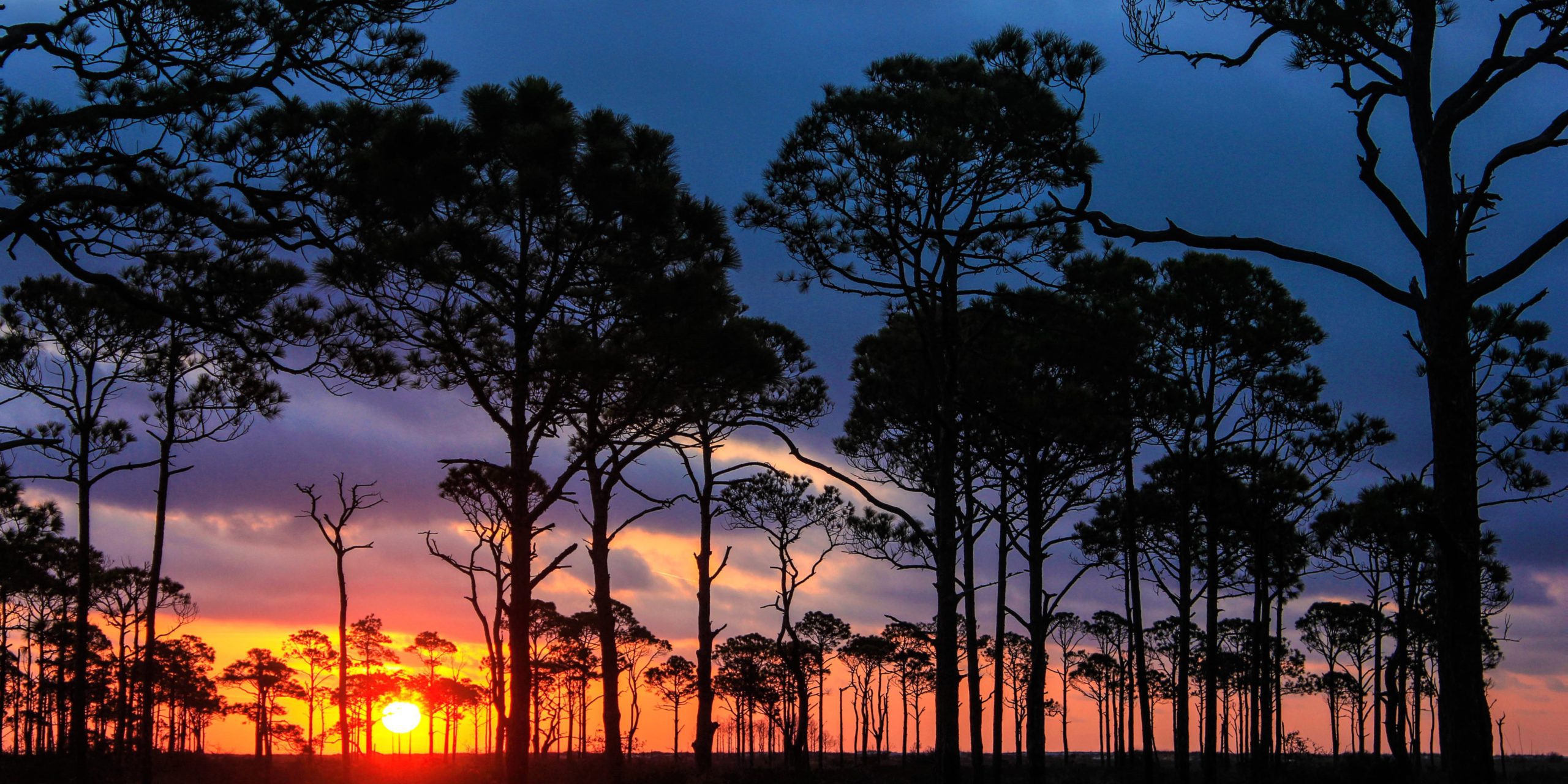
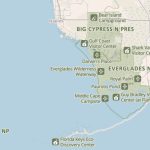
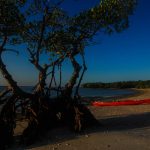
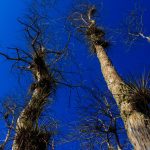
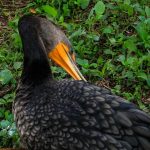
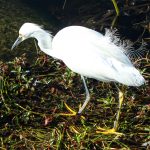
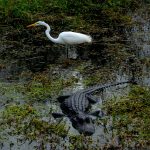
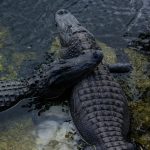

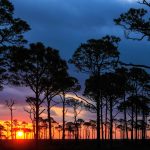
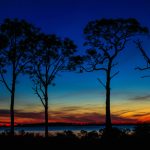
Leave a Reply